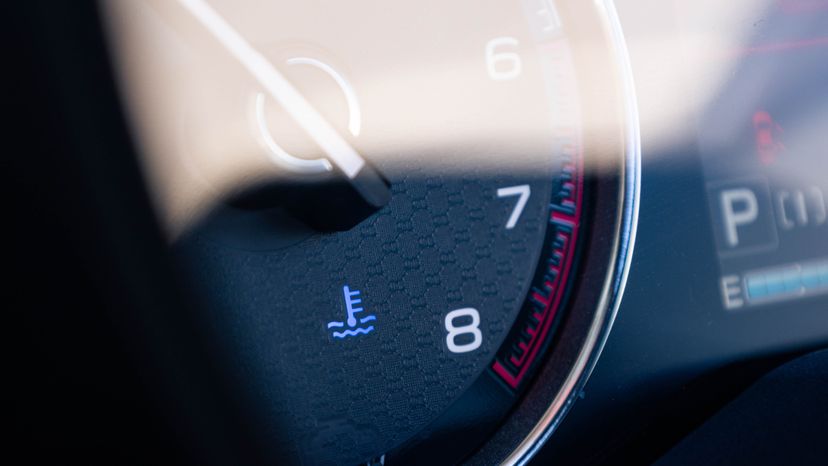Every liquid-cooled car engine has a small device called the thermostat that sits between the engine and the radiator. It serves as a valve to control coolant flow, and is designed to open and close at specific temperatures.
When the engine is cold, the thermostat remains closed, blocking the flow of coolant to the radiator, allowing the engine to warm up quickly to its optimal temperature [source: Ofria].
Once the engine's temperature reaches the desired temperature (generally about 200 degrees F, 95 degrees C), the thermostat opens, permitting the flow of coolant to the radiator, and preventing the engine from overheating.
The secret of the thermostat lies in the small cylinder located on the engine-side of the device. This cylinder is filled with a wax that begins to melt at perhaps 180 degrees F (different thermostats open at different temperatures, but 180 F/82 C is a common temperature).
A rod connected to the valve presses into this wax. When the wax melts, it expands significantly and pushes the rod out of the cylinder, opening the valve. If you have read How Thermometers Work and done the experiment with the bottle and the straw, you have seen the same process in action. The wax happens to expand a good bit more because it is changing from a solid to a liquid in addition to expanding from the heat.

